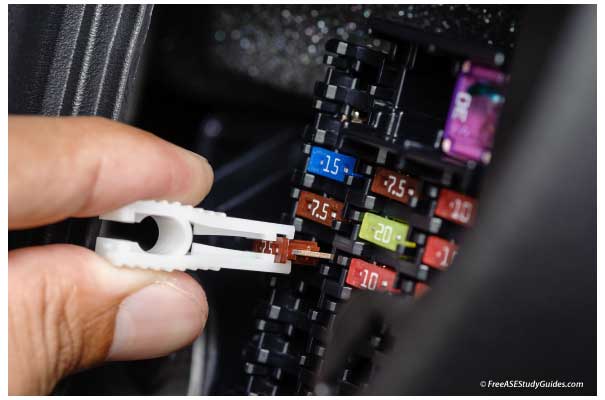Parasitic Battery Drain

If a known good battery dies overnight or quickly, suspect a parasitic drain. Excessive current above the acceptable range of ~35mA - 50mA. Use an ammeter to perform a battery drain test.
Note that clocks and accessories drain a small amount of current while the vehicles rest. Also, onboard computers consume a small amount of current. They usually take time to power down after the vehicle shuts down.

By connecting a multimeter in series between the negative battery terminal and the negative battery post, the current is measured as it flows through the meter. If it is above specifications, the circuit causing the drain is located by removing the fuse that protects that circuit.

Most likely, something like a light or an accessory was left on, but sometimes it is the component, wire, or connector. A circuit diagram may be necessary to identify and trace the circuit. Once found and repaired, measure the battery drain to ensure it is within specifications. Check with the manufacturer for specifications and any special procedures.

Sometimes, there is more than one accessory on the draining circuit, and an electrical diagram is needed. Most of the time, these drains are caused by human error. An accessory or a small interior light is left on while the vehicle is parked. It is a good idea to make sure nothing is on that should be off and to look for the simple things first.